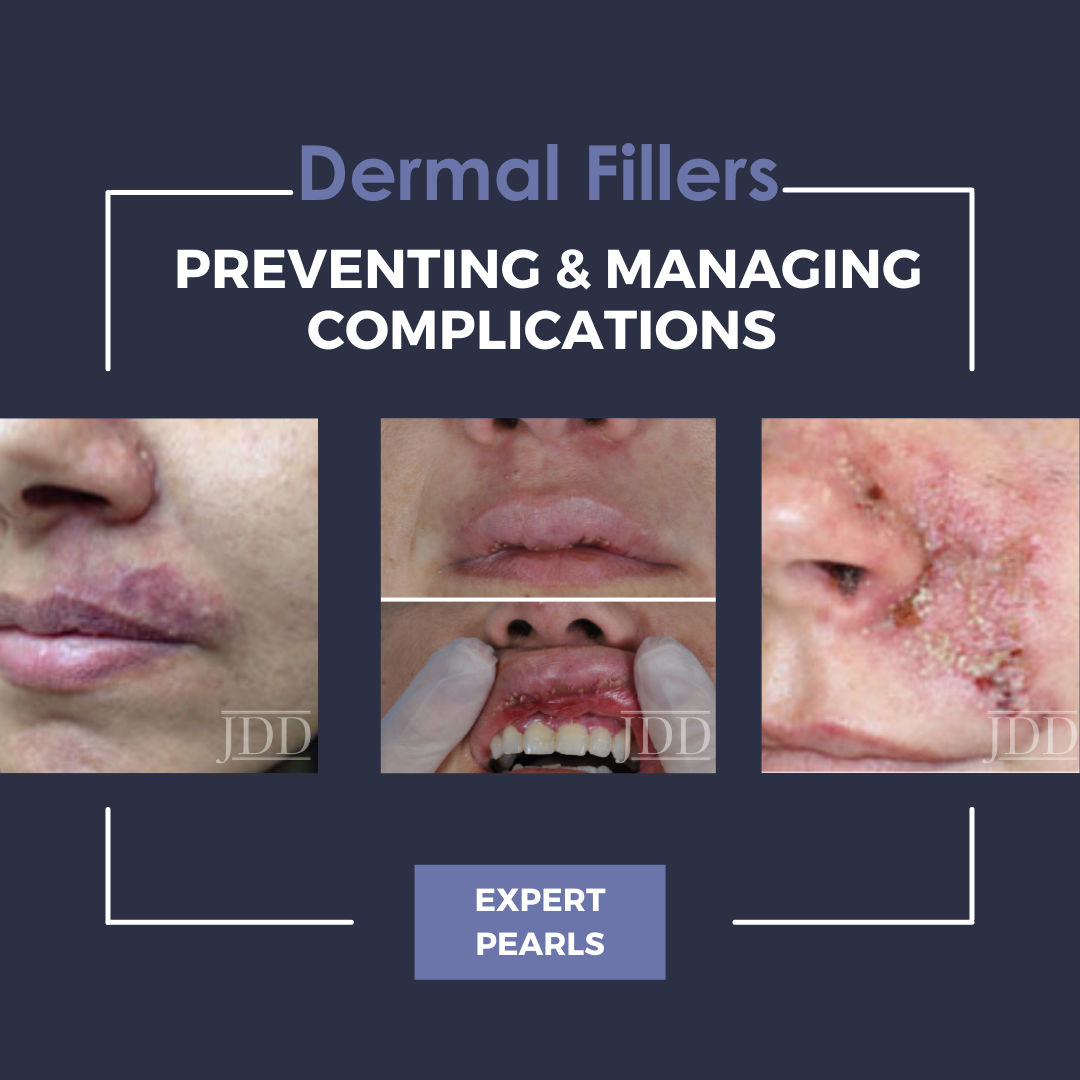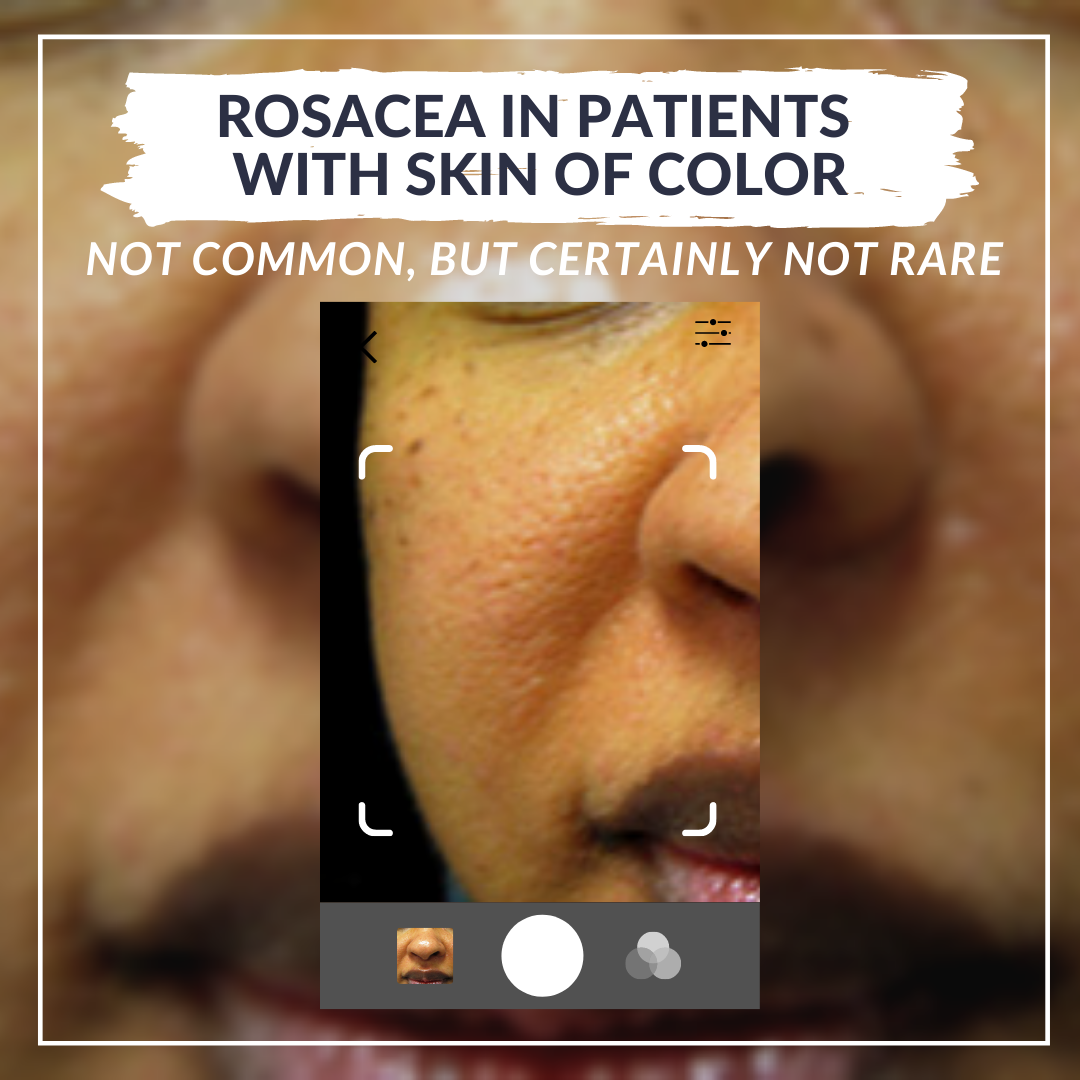It’s Mnemonic Monday! | Understanding Hyperhidrosis
 Improve Your Understanding of the Seriousness & Care of Hyperhidrosis with this SWEAT Mnemonic
Severe Sweating - Patients with excessive sweating or hyperhidrosis (Hh) experience severe sweating that is often four or five times more than what’s “normal,” or needed, to regulate body temperature or as a reaction to stress.1 This amount of sweat can be debilitating both physically and …
Improve Your Understanding of the Seriousness & Care of Hyperhidrosis with this SWEAT Mnemonic
Severe Sweating - Patients with excessive sweating or hyperhidrosis (Hh) experience severe sweating that is often four or five times more than what’s “normal,” or needed, to regulate body temperature or as a reaction to stress.1 This amount of sweat can be debilitating both physically and …
 Improve Your Understanding of the Seriousness & Care of Hyperhidrosis with this SWEAT Mnemonic
Severe Sweating - Patients with excessive sweating or hyperhidrosis (Hh) experience severe sweating that is often four or five times more than what’s “normal,” or needed, to regulate body temperature or as a reaction to stress.1 This amount of sweat can be debilitating both physically and …
Improve Your Understanding of the Seriousness & Care of Hyperhidrosis with this SWEAT Mnemonic
Severe Sweating - Patients with excessive sweating or hyperhidrosis (Hh) experience severe sweating that is often four or five times more than what’s “normal,” or needed, to regulate body temperature or as a reaction to stress.1 This amount of sweat can be debilitating both physically and … Continue reading "It’s Mnemonic Monday! | Understanding Hyperhidrosis"


 During the 2021 Skin of Color Update Virtual Conference, Dr. Hassan Galadari provided a highly anticipated lecture in which he discussed prevention and management of complications with dermal filler injections.
[caption id="attachment_14289" align="alignleft" width="1024"] Table 1[/caption]
The different types of dermal filers, shown above in Table 1, have been associated with a variety of c …
During the 2021 Skin of Color Update Virtual Conference, Dr. Hassan Galadari provided a highly anticipated lecture in which he discussed prevention and management of complications with dermal filler injections.
[caption id="attachment_14289" align="alignleft" width="1024"] Table 1[/caption]
The different types of dermal filers, shown above in Table 1, have been associated with a variety of c …  Rosacea is defined by facial erythema and telangiectasias, two features that are more difficult to appreciate in patients with skin of color. To refine our ability to diagnose rosacea in all skin types, on day two of the 2021 Skin of Color Update virtual conference, we had an informative, evidence-based lecture, “Recognizing, Diagnosing, and Treating Rosacea in Patients with Skin of Color,” by …
Rosacea is defined by facial erythema and telangiectasias, two features that are more difficult to appreciate in patients with skin of color. To refine our ability to diagnose rosacea in all skin types, on day two of the 2021 Skin of Color Update virtual conference, we had an informative, evidence-based lecture, “Recognizing, Diagnosing, and Treating Rosacea in Patients with Skin of Color,” by …  Hyperhidrosis affects up to 4.8% of people in the United States, causing significant impacts in patient quality of life.1 Often times, the etiology of symptoms cannot be identified, resulting in a subset of disease termed “primary hyperhidrosis.” Symptoms may be focal or generalized. Because there is a scarcity of FDA-approved treatments for primary hyperhidrosis, treatment often requires a mu …
Hyperhidrosis affects up to 4.8% of people in the United States, causing significant impacts in patient quality of life.1 Often times, the etiology of symptoms cannot be identified, resulting in a subset of disease termed “primary hyperhidrosis.” Symptoms may be focal or generalized. Because there is a scarcity of FDA-approved treatments for primary hyperhidrosis, treatment often requires a mu …  At the 2021 Skin of Color Update, Dr. Heather Woolery-Lloyd, Director of the Skin of Color Division at the University of Miami Department of Dermatology, delivered an excellent talk on cosmeceutical recommendations for patients with diverse skin types, a personal favorite subject of hers. Catch the pearls of her talk here!
Hot Topics in Cosmeceuticals
Topical Cannabinoids – The skin has it …
At the 2021 Skin of Color Update, Dr. Heather Woolery-Lloyd, Director of the Skin of Color Division at the University of Miami Department of Dermatology, delivered an excellent talk on cosmeceutical recommendations for patients with diverse skin types, a personal favorite subject of hers. Catch the pearls of her talk here!
Hot Topics in Cosmeceuticals
Topical Cannabinoids – The skin has it …